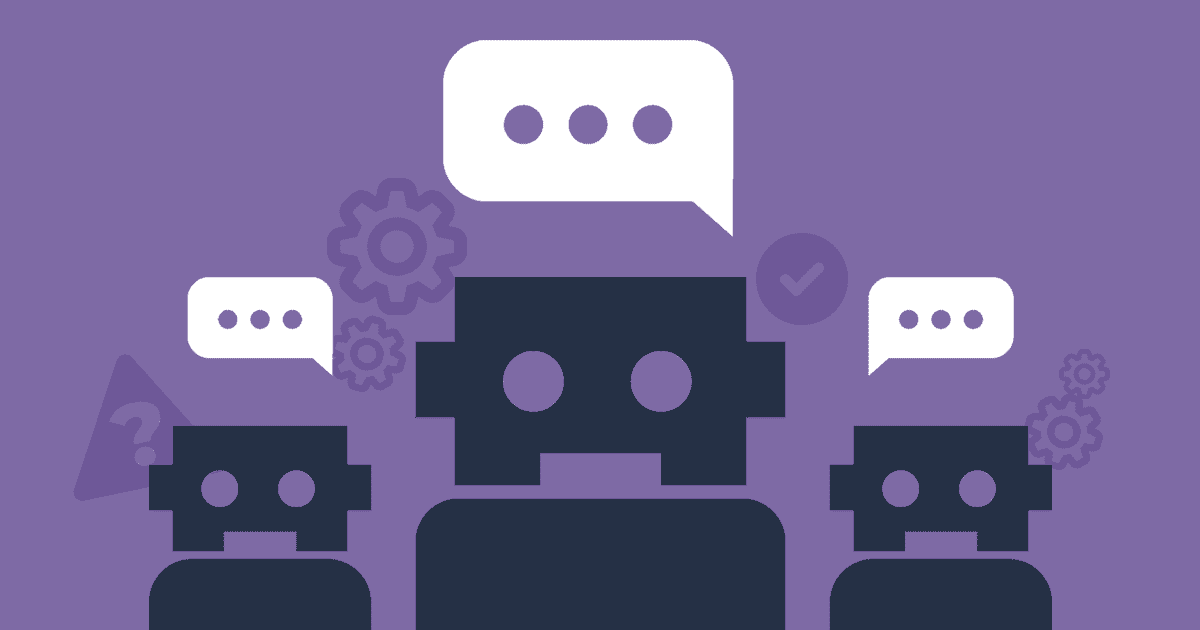Well, let's stay with technology because artificial intelligence is fueling a boom in cyber crime. The cost is expected to hit 8 trillion dollars this year, more than the economy of Japan according to one estimate by cyber security experts. The world's biggest YouTuber is among those who've had their video image manipulated by AI to promote a scam, and even BBC presenters are not immune.
Have a look at this: British residents no longer need to work, that's the announcement made by our guest today, Elon Musk. Who will unveil a new investment project while the connection is going on. I will tell you more about this project that opens new opportunities for British people to receive a return on investment. More than three billion dollars were invested in the new project, and it is already up and running at the moment.
Strange, isn't it? Looks like me, sounds like me, you may say. It's kind of hard, isn't it, to get your head around this? And so I spoke to Stephanie Hair, she's an independent technology expert, I should say.
Stephanie Hair, an independent technology expert, is interviewed about the difficulty of spotting deepfakes.
``Many people find it so difficult to spot these things,`` Hair says. ``And you're not the first and I don't think you're going to be the last, unfortunately, because there's nothing really to stop this from happening. There's no regulation really to either hold anybody to account. I'm not sure who you would get any joy from if you wanted to sue for example. Now, we got onto Facebook and said you need to take this down, it is fake and it has done... they have done that, Meta has done that since. However, uh, there are plenty more deep fake videos out there pointing viewers to scams and the worry is people are actually parting with their own money because they believe they're genuine and this is the worry, how do people tell between what is real and what is not?``
``Honestly, I'm not sure that trying to tell from the sort of technical limitations because we were able to see even with your video that there were certain things that were not quite right. I made it very clear that it wasn't legit. What you really want to be doing is asking yourself if it sounds too good to be true, it probably is. If it seems a bit weird, it probably is. Uh, there is no such thing as a free lunch.``
``There certainly isn't and I've uh tweeted or shared an article about this written by the BBC that gives you top tips on how to spot deep fake videos.``











